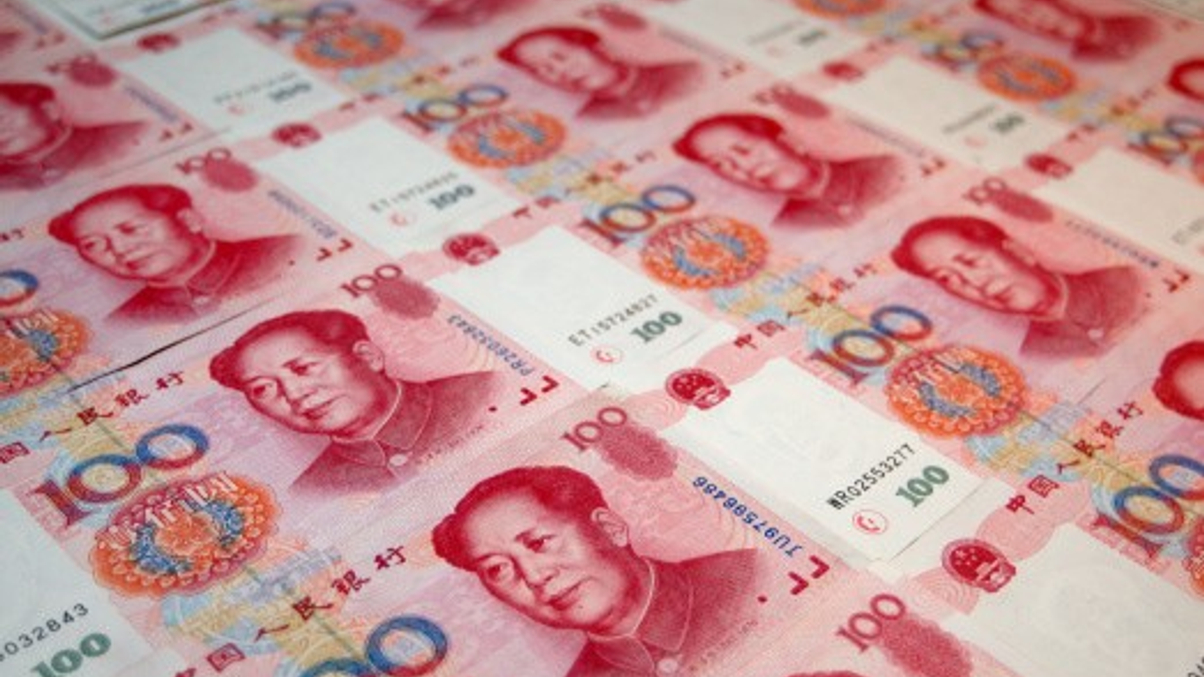Singapore, Korea RQFII expansion reflects demand
Korea and Singapore have seen the strongest demand for the RQFII scheme outside Hong Kong and have been rewarded with extra quota, while other markets are kept waiting.

After a quiet summer for China’s renminbi qualified institutional investor (RQFII) scheme, the mainland authorities have renewed their push to use the programme to drive RMB internationalisation.
Sign In to Your Account
Access Exclusive AsianInvestor Content!
Please sign in to your subscription to unlock full access to our premium AI resources.
Free Registration & 7-Day Trial
Register now to enjoy a 7-day free trial—no registration fees required. Click the link to get started.
Note: This free trial is a one-time offer.
¬ Haymarket Media Limited. All rights reserved.


